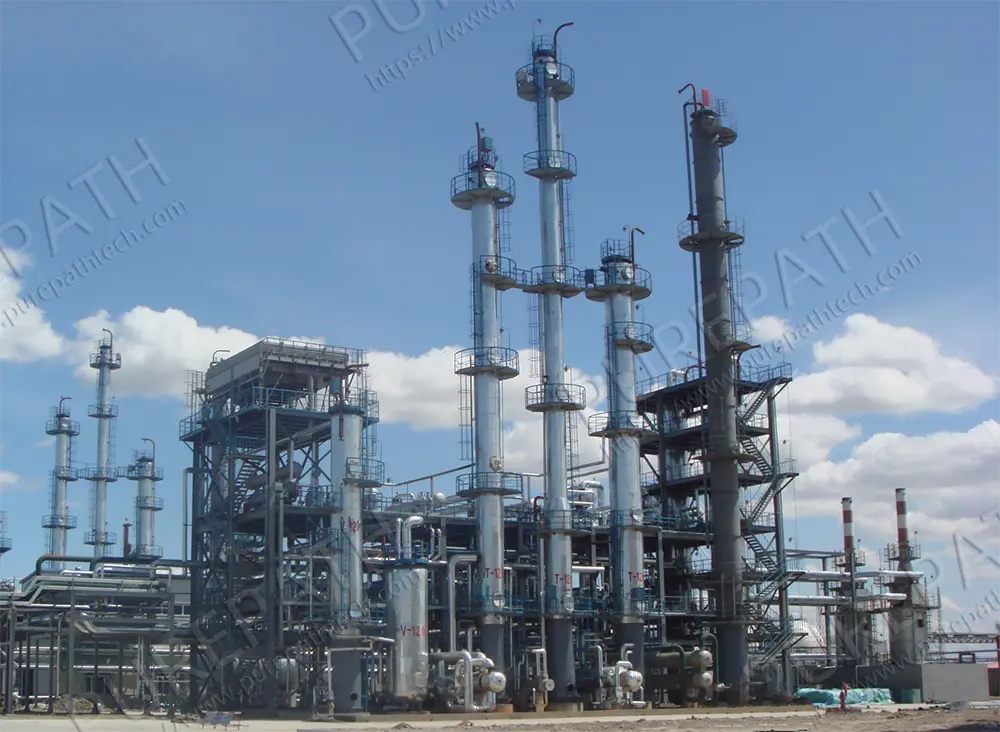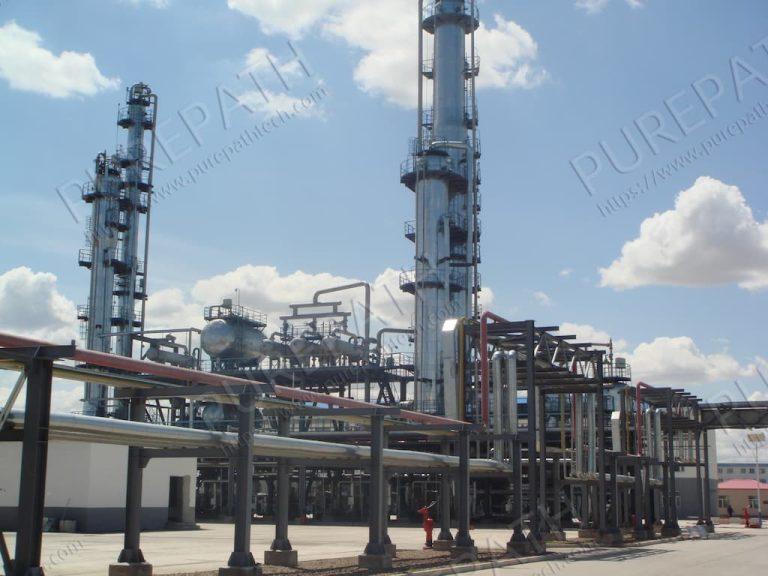How a Diesel Hydrotreater Works?
Diesel maintains its importance throughout the world as a critical component of transportation and industry. Refineries are compelled to observe ever more stringent environmental policies and diesel quality standards. They have to follow a special treatment process called diesel hydrotreating. A special type of hydrotreating unit called diesel hydrotreater is the centerpiece of this type of treatment. In this article, the working principles and components of a diesel hydrotreater alongside its importance in contemporary refining processes will be discussed.
Why Diesel Hydrotreating is Important
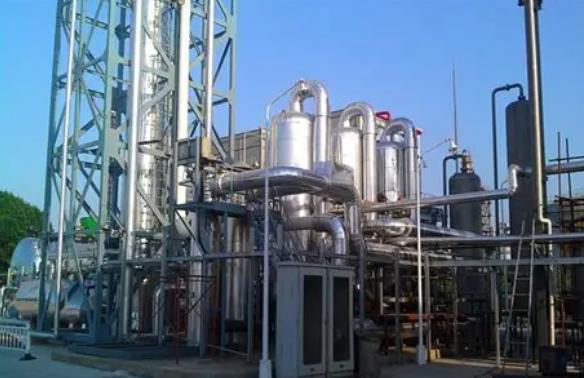
Contaminants found in diesel fuel from crude oil can harm the engines and the environment in numerous ways. Sulfur is arguably the worst, as its use creates sulfur oxides (SOx), which lead to both acid rain and air pollution. Other contaminants such as metals, nitrogen compounds, and aromatics also lead to fuel instability and engine wear, and deposit buildup.
With the implementation of more strict global emissions regulations and the adoption of ULSD (ultra-low sulfur diesel ) in specific areas, it is now critical to pre-treat diesel fuel, as using ULSD, the fuel is no longer optional. Here, diesel hydrotreating becomes extremely important.
A hydrotreating unit uses specific catalysts and hydrogen to eliminate impurities from lower-quality fuel, turning it into a cleaner and more stable product. Besides compliance with regulations, the fuel becomes more efficient and lowers maintenance to engines and components. Lastly, diesel hydrotreating fuels not only meet the requirements of modern engineering but also pave the way to environmental standards.
Key Components of a Diesel Hydrotreater
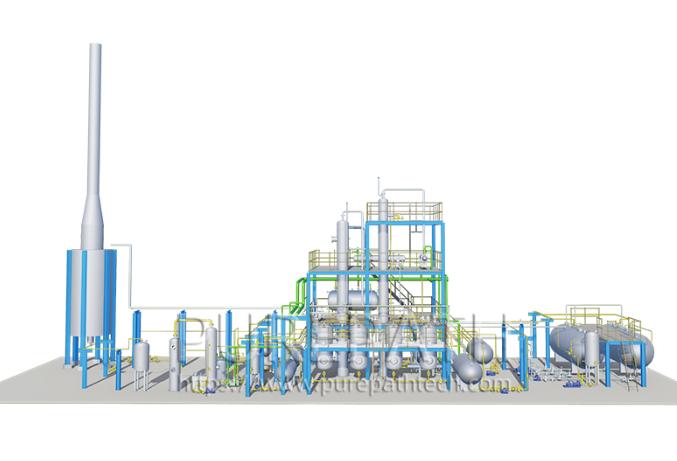
A diesel hydrotreater is a specialized system developed to purify diesel-range hydrocarbons from impurities via catalytic reactions involving hydrogen. Even though the process is intricate, it is based on some simplifying fundamental systems whose proper functioning guarantees effective treatment and stable operation. Knowing these components clarifies the functioning of a hydrotreating unit at the refinery.
- Feed Pre-Treatment System: During the maintenance of the diesel feedstock, filtration and pre-heating is performed. Reactors are equipped with Heat exchangers and fired heaters that are used to bring the temperature of the diesel to optimal levels before it enters the reactor. This is very useful for the chemical reactions that are to take place.
- Hydrogen Supply and Compression: For the hydrotreating of diesel, hydrogen is a must. Hydrogen gas is supplied with a separate system that consists of compressors and mixing devices, which add Hydrogen gas to the diesel in the course of the process of the diesel stream.
- Catalytic Reactor: The fixed-bed reactor is the core unit of the diesel hydrotreating unit. The reactor has diesel diesel-hydrogen mixture passing over the rotor, which has a layered catalyst of cobalt molybdenum and nickel molybdenum on alumina. These catalysts are responsible for the reactions for removing sulfur, nitrogen, and contaminants.
- High-Pressure Separation System: After cooling, the mixture is brought to a high-pressure separator. At this stage, the liquid product is separated from the gases, which include hydrogen sulfide (H₂S), ammonia (NH₃), and some hydrogen.
- Stripping and Fractionation: In the stripping column, the treated diesel is further processed and stripped of any remaining gases or volatile compounds using steam or light hydrocarbons to enhance the finished product’s quality.
To ensure the reliable production of clean diesel fuel, each of the parts of a diesel hydrotreater is crucial for the system’s operation, safety, and the treatment’s effectiveness.
How the Diesel Hydrotreating Process Works
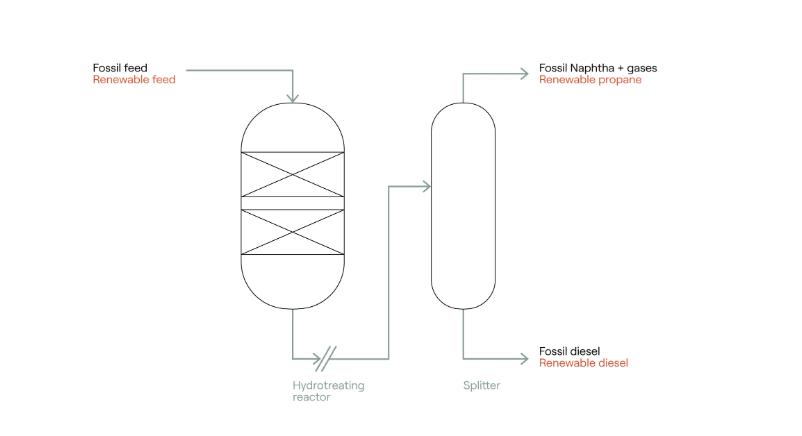
The diesel hydrotreating process is an industrial procedure that fuels an engine with low-sulfur diesel by hydrotreating unrefined diesel. The process mitigates nitrogen, sulfur, and soot, which are detrimental to the engine and the environment, using hydrogen and catalysts under specific temperature and pressure. The process is done in steps as follows:
- Feed Preparation: The diesel feedstock is usually obtained from atmospheric or vacuum distillation units, which first require filtering and preheating. The feed is raised to reaction temperature between 300°C and 400°C using heat exchangers and a fired heater.
- Hydrogen Injection: The hot diesel is treated with hydrogen before feeding it to the reactor to remove impurities, as well as to prevent the reactor from the formation of coke and other deposits.
- Catalytic Reaction: The fixed-bed reactor, where the diesel-hydrogen mixture passes, is composed of several catalyst layers. The catalysts, which include cobalt-molybdenum (CoMo) or nickel-molybdenum (NiMo), facilitate several reactions, which include the conversion of sulfur to hydrogen sulfide (H₂S), nitrogen to ammonia (NH₃), and the reduction of aromatic and metal components.
- Cooling of the Effluent and Separation of Gases: The product stream leaves the reactor and is cooled in heat exchangers. After that, the product stream enters the high-pressure separator where gases such as H₂S, NH₃ complete, as well as a portion of unreacted hydrogen are separated from the liquid intermediate product stream.
- Recovery of Final Products: The liquid diesel fuel is steam stripped to remove volatile impurities. The product is clean diesel fuel with low sulfur content which is also an environmentally acceptable diesel fuel.
During the process the temperature, pressure, and hydrogen flow are controlled precisely which is critical to the success of the diesel hydrotreating unit and its operational efficiency.
Advantages of Using a Diesel Hydrotreating Unit
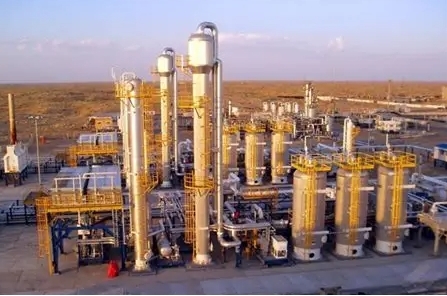
Adding a diesel hydrotreating unit to refinery processes provides many benefits, from diesel hydrotreating to environmental to operational improvements. With the continuous changes to fuel regulations, hydrotreating technology provides greater compliance and product value.
- One of the key benefits of diesel hydrotreating is the decrease in sulfur levels in diesel fuel. Soaring sulfur levels contribute to the emission of sulfur oxides (SOx), a toxic gas associated with acid rain and many respiratory conditions. The hydrotreating unit to sulfur compounds into hydrogen sulfide (H₂S,) allowing refineries to produce ultra-low sulfur diesel (ULSD) compliant with global emission standards.
- Along with sulfur removal, the hydrotreating technology also removes nitrogen compounds, metals, and the unsaturated hydrocarbons of olefins and aromatics. Olefins and aromatic fuels are also unsaturated hydrocarbons. It allows for cleaner combustion and greatly improves the fuel’s stability and combustibility, resulting in reduced engine maintenance costs and diesel engines having a longer life..
- A diesel hydrotreating unit also provides refineries with greater efficiency in the processing of feedstocks, cracked and straight-run diesel. This also provides great flexibility, giving the option to balance production with crude availability and market demand.
- Also, employing a diesel hydrotreating unit maintains compatibility with downstream diesel fuel after treatment devices like diesel particulate filters (DPFs) and selective catalytic reduction (SCR) units. These devices operate more efficiently with low-sulfur and low-aromatic diesel fuel.
To conclude, the diesel hydrotreater greatly contributes toward the cleaner fuels initiative and provides operational dependability, environmental and regulatory compliance, and optimal fuel quality that is so critical in refining today.
Products and End Use
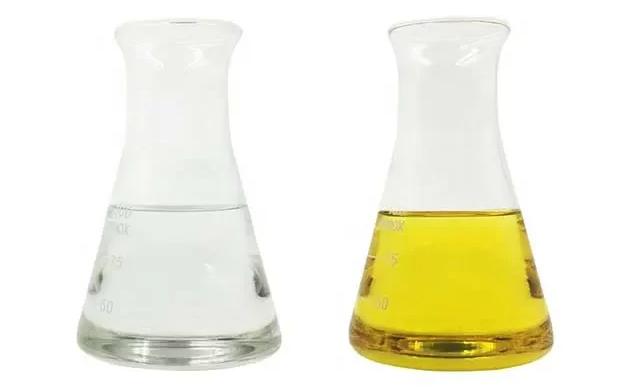
A diesel hydrotreating unit produces ultra-low sulfur diesel, which is a clean fuel used in vehicles and meets Euro VI and US EPA regulatory requirements. Furthermore, modern diesel engines with emission control systems can utilize this fuel which contains less than 15 parts per million sulfur.
The US has a significant transportation sector, which includes trucking, public transit, rail, and marine shipping, which all use ultra-low sulfur diesel. In addition, construction, mining, and agricultural off-road equipment also use it. Low-emission fuels reduce the emission of sulfur oxides and particulates, which helps improve public and environmental health.
In certain refinery configurations, the diesel hydrotreater can also simultaneously produce jet fuel or act as a pre-treatment step for hydrocracking units, which further upgrade the jet fuel. This provides the refiner with operational flexibility as treated diesel can be blended with multiple fuel grades.
In conclusion, the EU andthe US both have regulatory prescriptives when it comes to diesel engines. This not only helps the emission requirements but also enhances the durability of modern diesel engines.
A diesel hydrotreater plays a vital role in modern refining, transforming raw diesel into high-quality, environmentally friendly fuel. Understanding its components, process, and benefits helps refineries optimize operations while meeting global fuel standards.
Would you like more details on optimizing a hydrotreating unit for your refinery? Contact us at any time!


